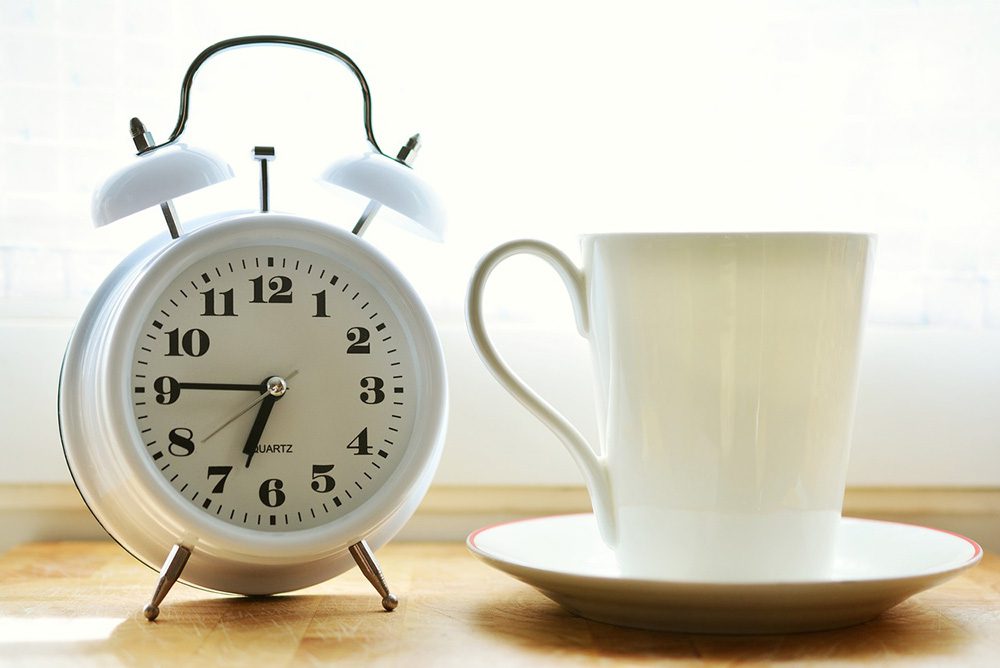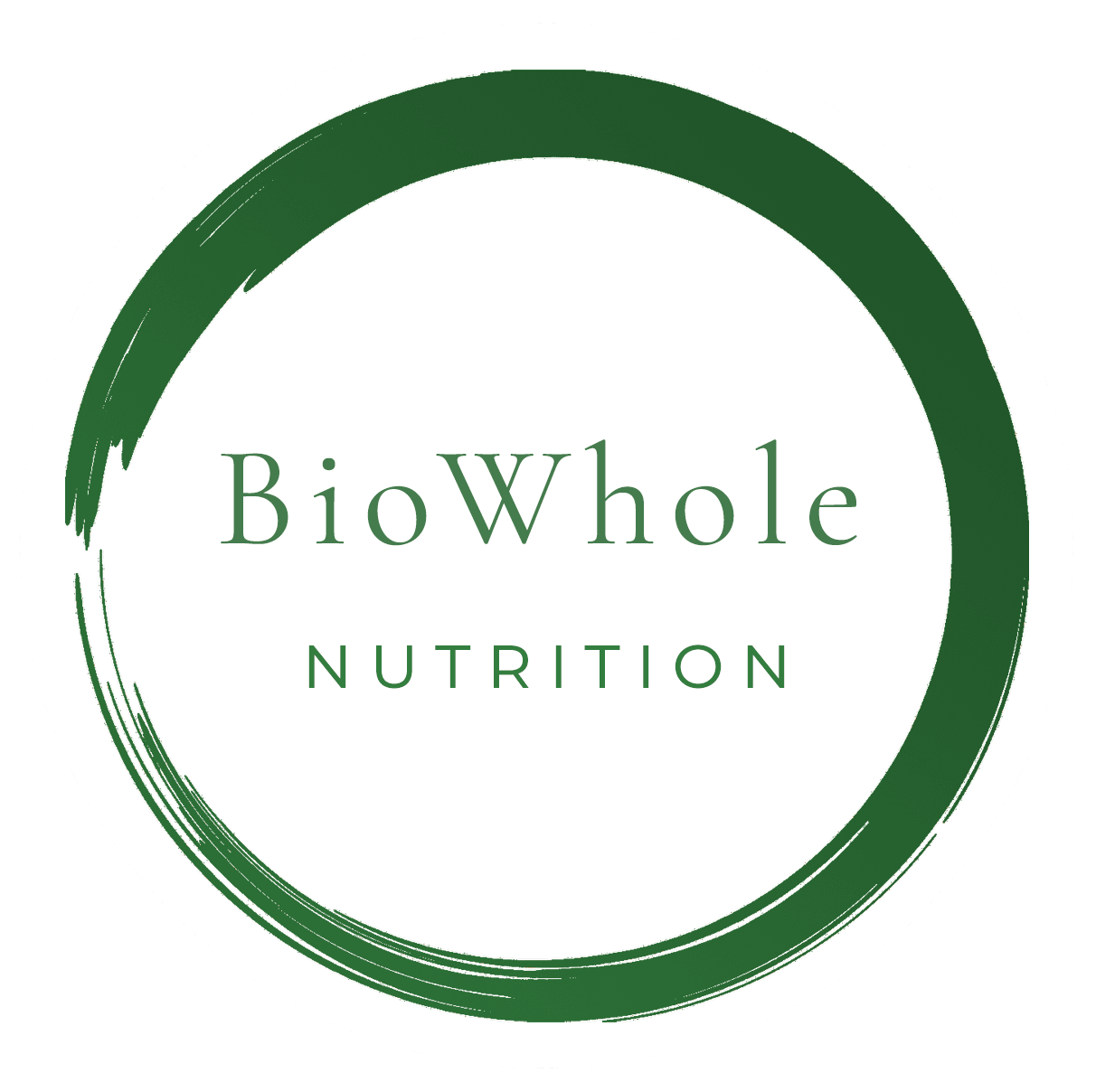
If you are living in the part of the world where Daylight savings occurs, and it has thrown you for a loop, you are not alone. If you are like me and have very strong Circadian Rhythms, you are completely thrown off and feel disorientated. I almost feel like I spend two weeks of the whole year, in adjusting to a new time for no apparent reason. In fact, the disorientation from Daylight savings affects so many women throughout the year, it’s a miracle this still exists. The number of accidents go up, heart attacks and strokes increase for up to 48 hours after Daylight savings. If you think of what made Homo sapiens evolve, one of the first things that helped them was seasons. Humans evolved to adapt into seasons, and with that came the acceptance of light and darkness. Daylight savings is yet another proof that we do not need to fight biology. Circadian Rhythms are such a strong part of our genetic make-up that if we need any additional proof, we can look at babies and the painful first few months that are experienced by new moms. Even babies have the need to adjust into circadian rhythms, which is just more proof that daylight savings needs to be something of the past now.
Sleep deprivation is always the interconnecting link between Daylight savings and the disorientation that people experience. Sleep deprivation is implicated in almost all disease states but especially those that involve the brain and heart. Women, as a species are more sensitive to changes in their environment and more prone to stress related ailments. Altered states of sleep have been implicated in mental health conditions, cardiometabolic health, and hormonal and autoimmune disorders. There isn’t a single organ in the body that isn’t influenced by sleep deprivation but in terms of cardiovascular disease, we know that our heart cells are working on circadian clocks.
Sleep is determined by two widely researched factors. Our Circadian Rhythms, and the sleep pressure hormone known as Adenosine. Our Circadian rhythms, or as commonly referred to as our biological clock is a 24-hour, 15 minutes clock which is determined by our Suprachiasmatic Nucleus (SCN). This tiny organelle containing only 20,000 neurons, is the central controller of life’s biological and rhythmic symphonies. Our Circadian Rhythms are influenced by light coming through our eyes in the morning, along with other important factors such as temperature, exercise and nutrition. Every cell in our body works with a circadian rhythm and gene expression is controlled by our SCN as well.
Interestingly, the SCN’s role extends beyond just light. It’s also interconnected with other body tissues. One key function is the release of melatonin, the sleep hormone.
Adenosine, on the other hand, is a chemical that builds up in the brain throughout the day as we’re awake. This build-up creates a pressure to sleep, which intensifies the signal from the SCN when it’s time for rest. As we sleep, adenosine levels gradually decrease, allowing us to wake up feeling refreshed. This cycle repeats itself over and over again, allowing for these two hormones to sync together.
One of the defining features of the SCM is its interlinked network with other tissues in the body. Apart from the release of our sleep hormone Melatonin, our Circadian Rhythms can also influence the regulation of insulin, digestive enzymes, and various gut bacteria that are only present at the night versus during the day. That is very clearly experienced by travelling across the world and experiencing jet lag associated with the very timely constipation. Our bodies need constant and regulated cues and its disruption can lead to an impact on health.
Circadian clocks regulate metabolism in many systems and organs, including the heart, skeletal muscle, liver and adipose tissue. In particular, the heart cells circadian clocks is important for the heart’s response to fatty acids. When the heart cell cannot deal with increased availability of fatty acids due to its inability to utilise them at that given moment, an accumulation of detrimental intra-cellular long-chain fatty acids derivates occur. This accumulation, may affect the contractile ability of the heart but also vascular health. Conversely, we see altered Circadian Clocks in disease states of hypertension, diabetes, myocardial infarction and shift work. In Myocardial infarction, we see an unproportionable amount of this happening towards the morning time, when certain bodily functions are at their higher peak, given that they are working on a clock. Women in general have a more sensitive nervous system and the slight amount of stress can set off a cascade of events activating their sympathetic nervous systems, which can also have a detrimental effect on heart health leading to an increase in hypertension, or blood pressure. In more serious ways, this can lead to strokes or a cardiac event. Cortisol, which is our stress hormone is another hormone which is higher produced in the mornings and should drop down later in the day. All systems put together, heart related events generally dominate the mornings till about 48 hours after Daylight savings.
If Daylight Savings (DS), is going to throw us women off, I think it’s best we come better prepared. Take three days prior to and three days post DS to gear up for this. This can also be done for jet lag if experienced regularly. Three days prior to DS, start priming yourself to the changes that are about to happen. For me, this means going to bed 10-15 minutes earlier to adapt into my regular wake-up time. I usually will take a slightly bigger dose of melatonin to help me re-adjust and then cut back once I am adjusted. Set the alarm for the morning of, as our body loves a regular wake sleep cycle. Start planning outdoor workouts for at least 4 days prior and post DS to get the added boost of morning light. Avoid caffeine or food until you have got your dose of sunlight into your eyes. This way you have set yourself up for success by influencing your circadian clock through light, exercise, temperature and nutrition.
Happy Spring Break! Today is also world nap day so if you need one, please take one.
